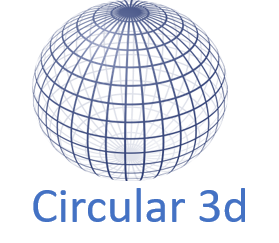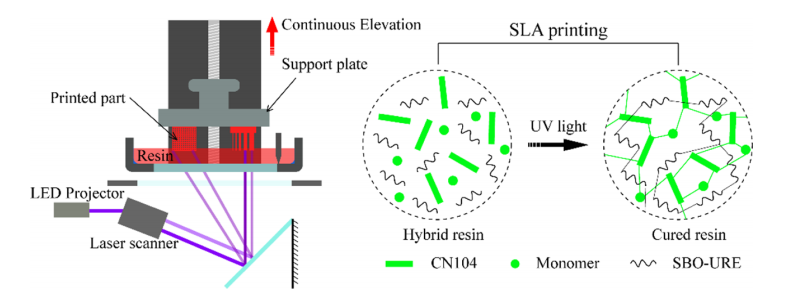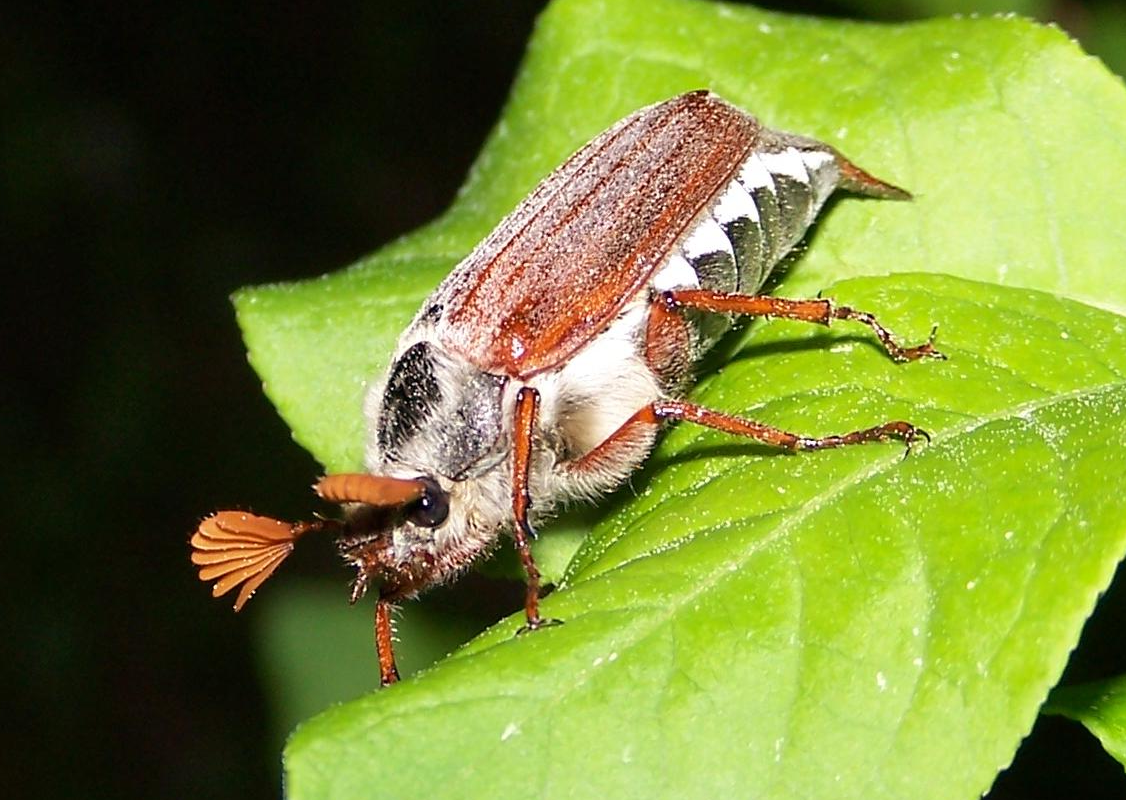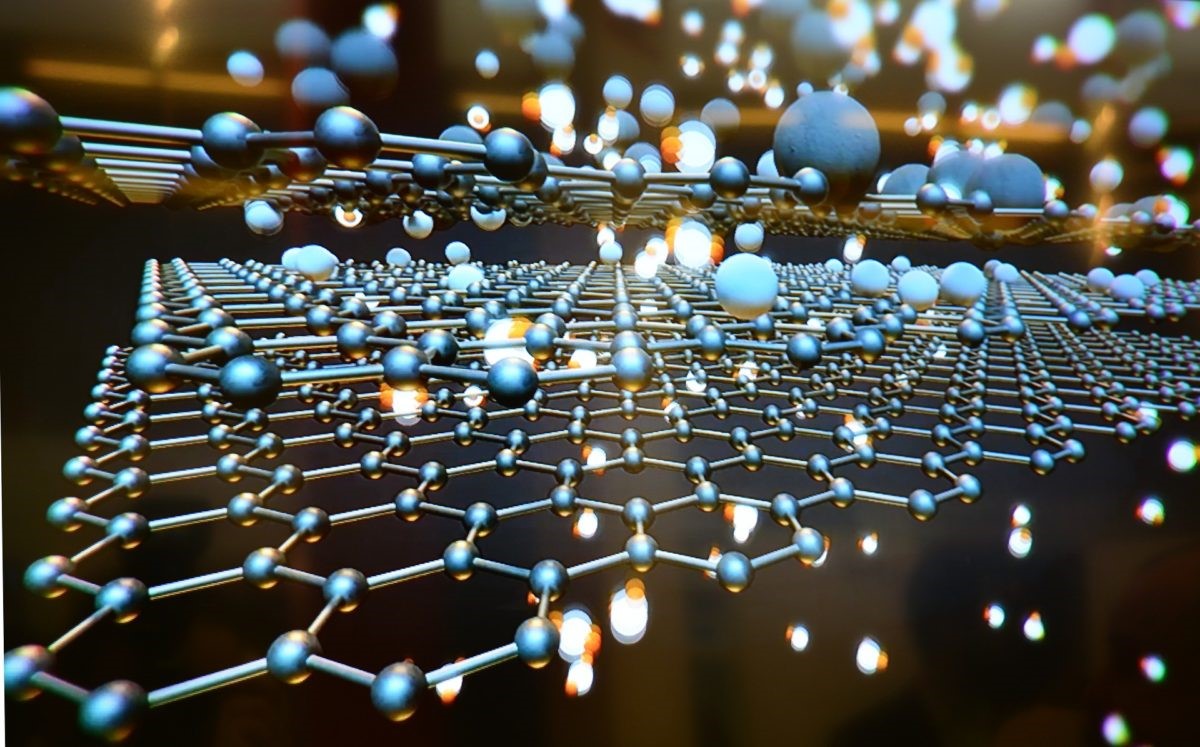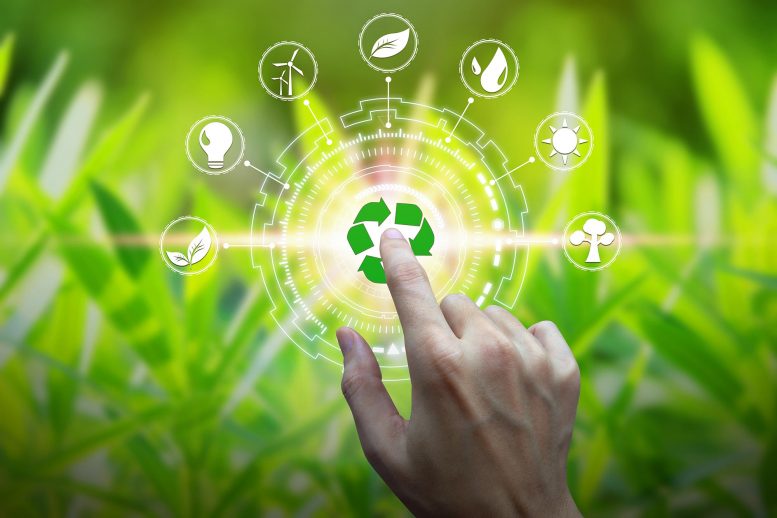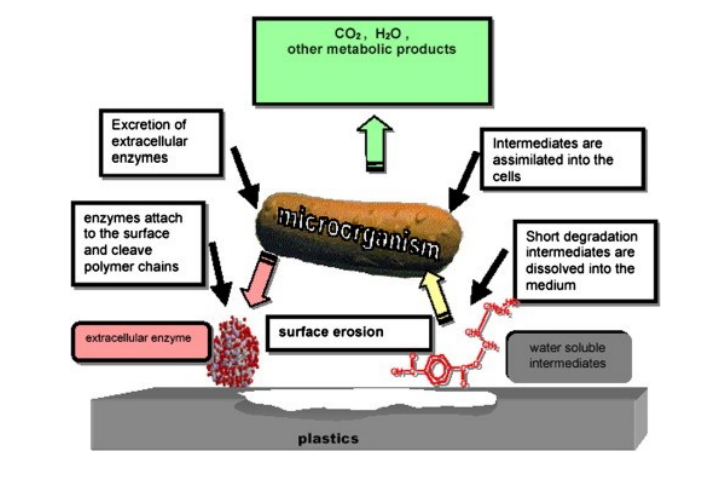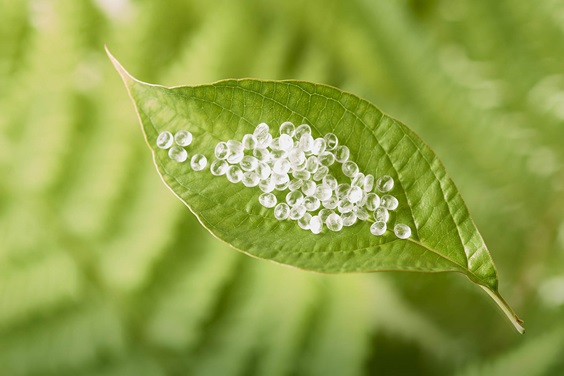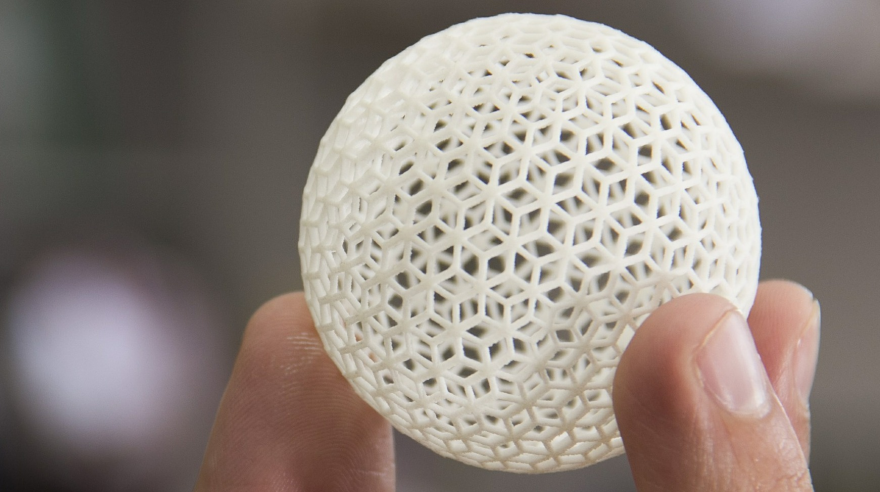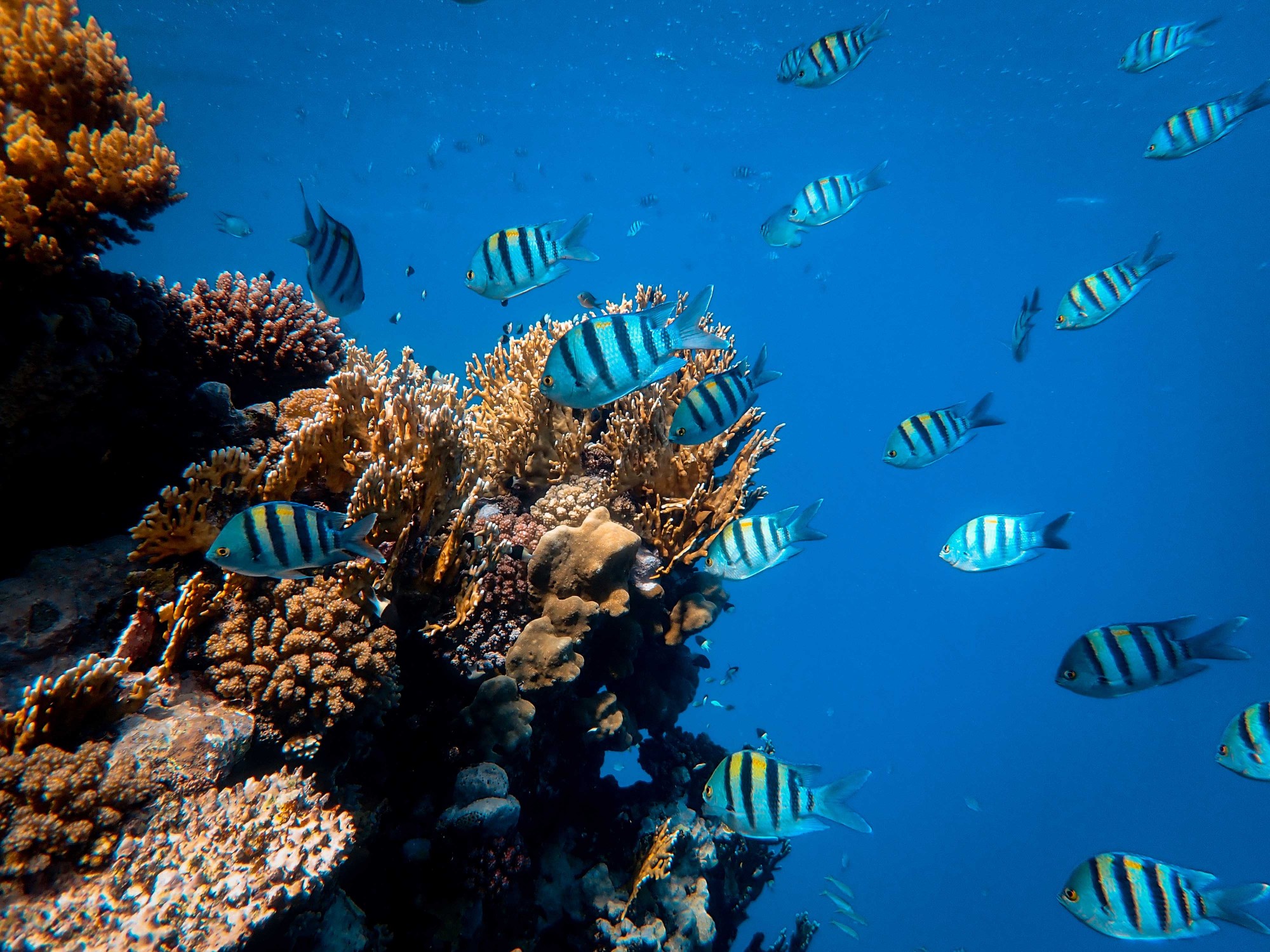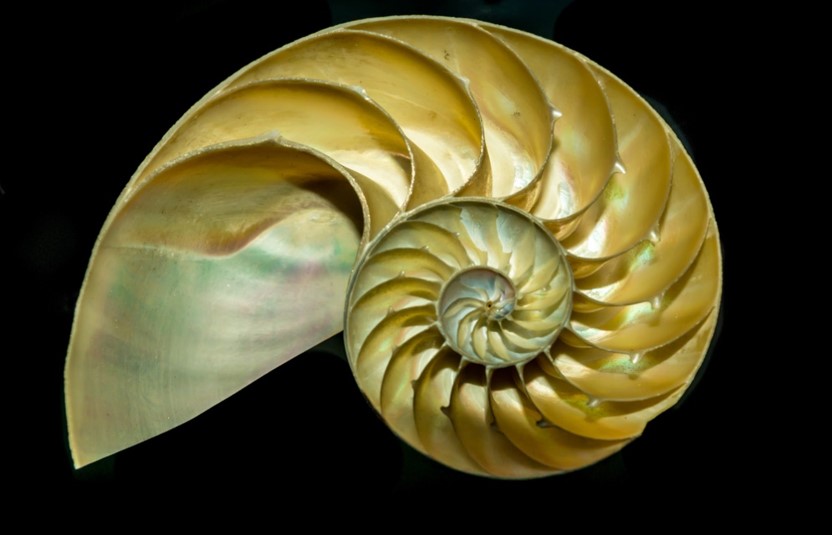Towards a Circular Economy: 3D Printing with Curable Vegetable Oil (3dPrint.Com)
Many of us have heard of using vegetable oil for alternative sources of energy like diesel gasoline, but you may be surprised to learn that it can play a role in 3D printing, too. Previous research has been performed in using vegetable oils with UV curing resins in SLA and DLP 3D printing; however, success has…
